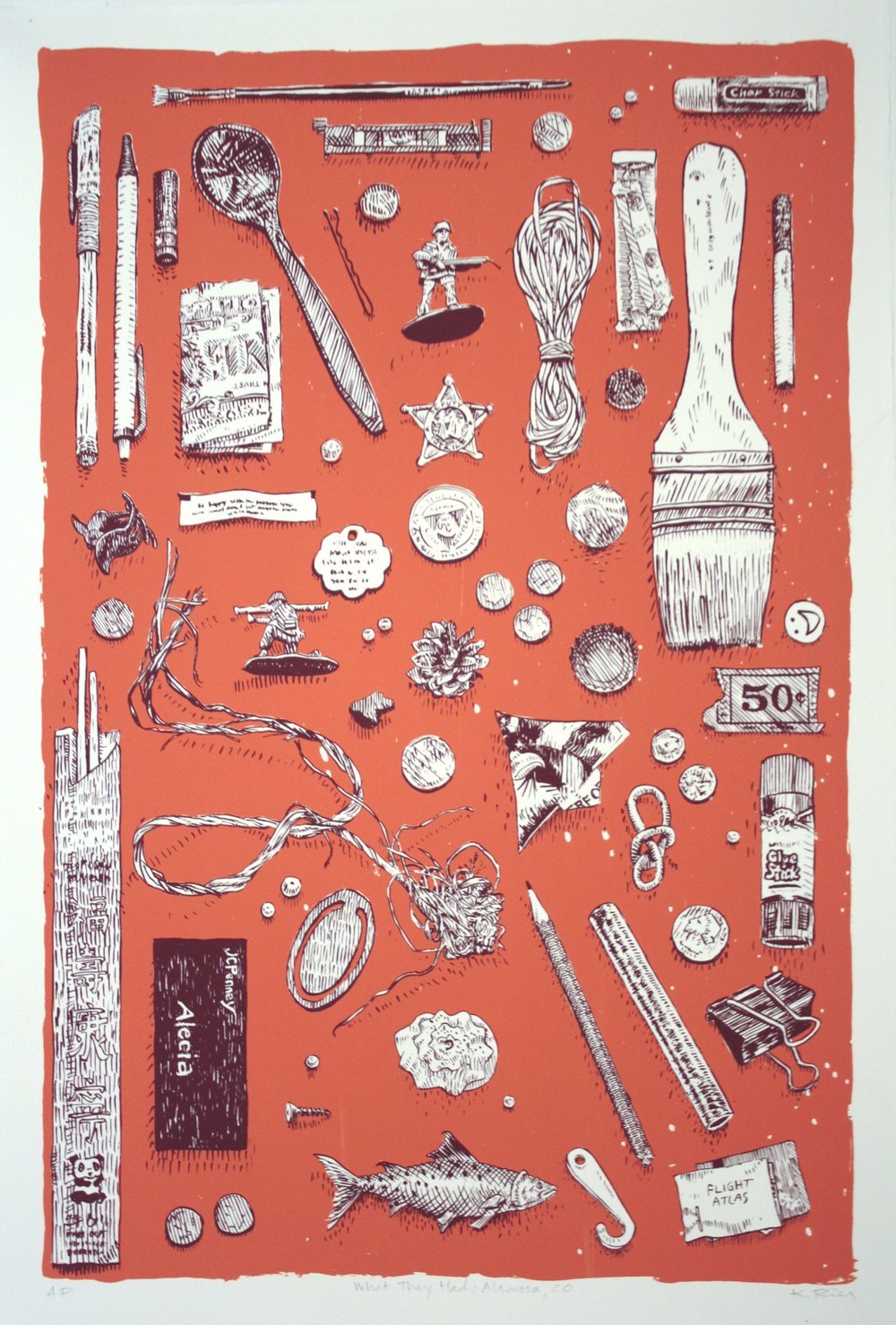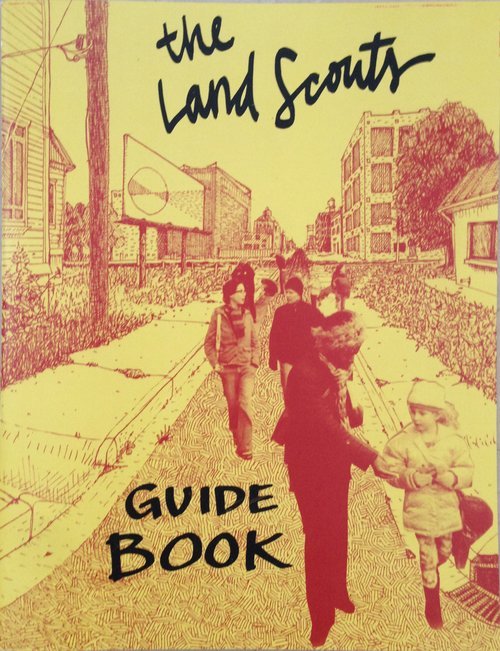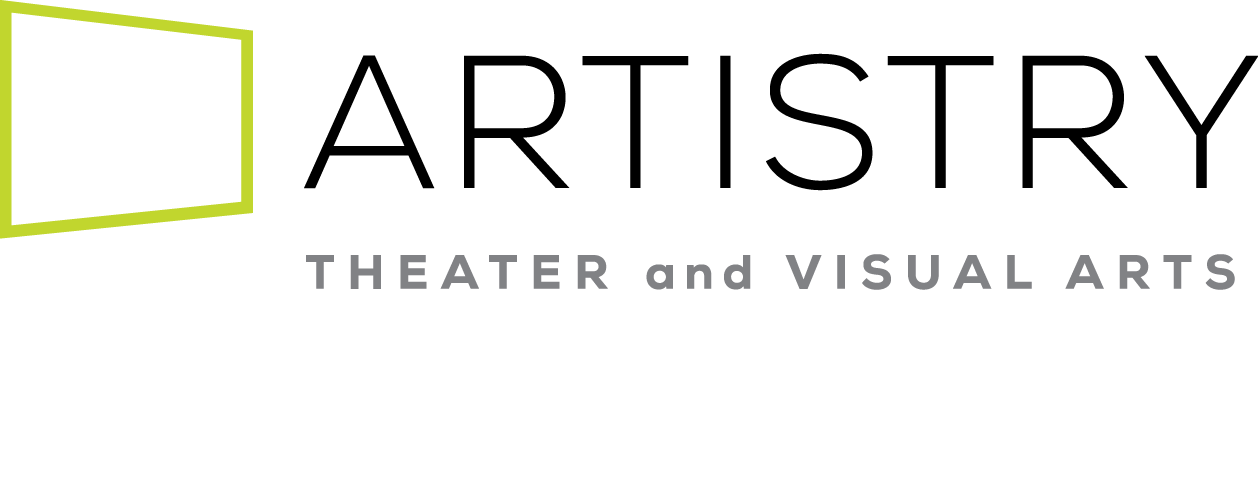Grounded
July 15 - August 19, 2022 📍Inez Greenberg Gallery
ARTIST: Katie Ries and John Schuerman
CLOSING RECEPTION: Friday, August 19, 6:00 - 8:00 pm
The reception is free and open to the public.
ABOUT THE ARTISTS
Katie Ries (b. 1981) is an artist and educator who makes drawings, prints, objects, and events about environmentalism. A graduate of the University of Tennessee – Knoxville (MFA) and Colorado College (BA), Ries is the founder of the Land Scouts, an open troop teaching foundations of land stewardship. She is an Associate Professor of Art at St. Norbert College. Her art can be found in private and public collections throughout the US. You can see more of her work at her website: whoshareswins.com
Schuerman is a self-taught artist with an environmental focus. His artwork reflects his deep interest in nature both human and nonhuman. His aesthetic style and social consciousness formed as he grew up on a dairy farm in southern Wisconsin. Schuerman is an environmental, and documentary artist, who explores the physical, social, and psychic landscapes through drawing, video, photography, and walking-based art forms. His artwork has been presented in numerous exhibitions throughout the Midwest.
Schuerman is also an independent curator. His exhibitions engage viewers on today’s most pressing issues: empathy, human overpopulation, gun violence, money, time, nationalism, identity, conflict, environmentalism, and abuses of power. Every exhibit has been covered by the press, and several of the exhibitions have traveled to other venues in the region after their initial run.



ARTIST STATEMENT
Katie Ries
My work is rooted in drawing, plants, and radical hospitality. Whether through printed ephemera, transactional sculptures, or public drawing events, I am looking to share, through art, ideas about ecology and environmental stewardship. Much of my work invites further action: prototyping a boot, throwing a seed ball, or drawing along. I am most excited when my work helps make spaces and opportunities for people to participate in creative acts.
My recent body of pennants, Rah Rah Nature, is a humorous and critical look at my own assumptions about land use and engagement. Where do we first encounter “land”? Who gets access to “the natural world”? What instructs our behavior outside vs. inside? What are we missing when we view land and ecologies strictly through the lens of resources and production? Each pennant is an attempt to answer these questions for myself while encouraging others to consider their own assumptions about land.
Plants to Know is a parallel body of work that highlights the medicinal and culinary uses of plants commonly considered weeds. In discovering the habits, uses, and cultural traditions of ubiquitous plants, we can learn not only some of the history of the land where we live, but gain a renewed appreciation for the plant allies who dwell and thrive among us.
John Schuerman
Humans are the most successful animal if measured by the ability to control one’s environment or extend lifespan, or the ability to adapt or invent. We have been so successful that it sometimes feels like we are something different altogether, maybe an anomaly, maybe a higher power. We make things that look like nothing else we see in nature. We think up stuff that doesn’t exist (fiction) and perhaps most puzzling, things that can’t exist (a perfect square, a Mobius strip). Our physicality and mortality bring us back; they prove to us that we are natural beings. However, we can avoid thinking about this most of the time and remain in our perceived separation and buffered experience of nature, an illusion upon which we depend.
Have we gone too far? Not far enough? Almost certainly some of both.
As an artist, I try to remain aware of both my humanity and my animal dependency on the rest of nature. I’m fascinated by both. The forms and patterns of nonhuman nature are so intricate, chaotic, iterative, and yet without exact repetition. The forms and patterns of human expression are easy to see by contrast. Ideas and concepts such as language, models, mathematics, abstraction, and human mark-making are all easily distinguished from the rest of nature’s patterns.
I use drawing as a way of locating human ideas in nature. I map out concepts, for example, a mathematical model or a diagram, and compose them of natural patterns. I’m corralling the physio in conceptual forms and conversely, deconstructing the forms with the patterns of nature. I draw as realistically as I can to emphasize the contrast between human and nonhuman expressions. I wonder (and enjoy) how the products of human consciousness are so different from the natural world producing them.
Drawing feels right for my current artistic inquiry because drawing is one of the developments that set humans on our anomalous evolutionary path in the first place. What it means to be human is inextricably linked to language, and drawing is believed to be the earliest form of visual communication (at least 40,000 years old). I hope my art will help others wonder why and what it means to be human.

